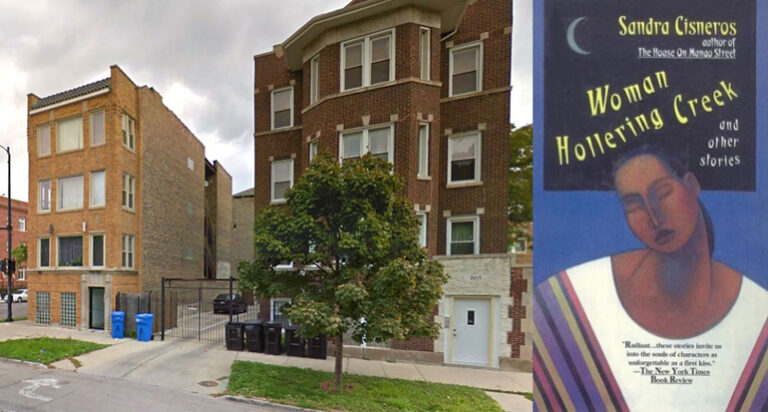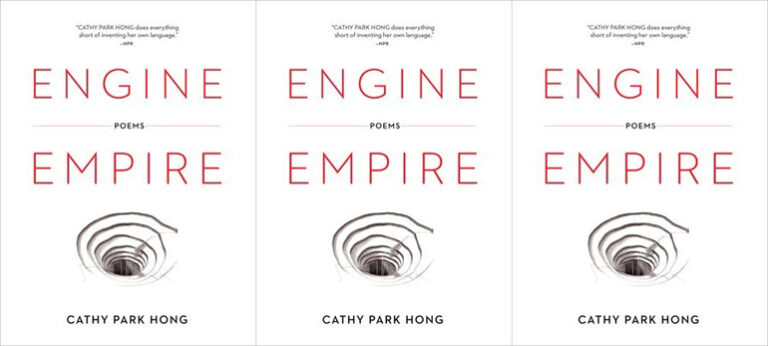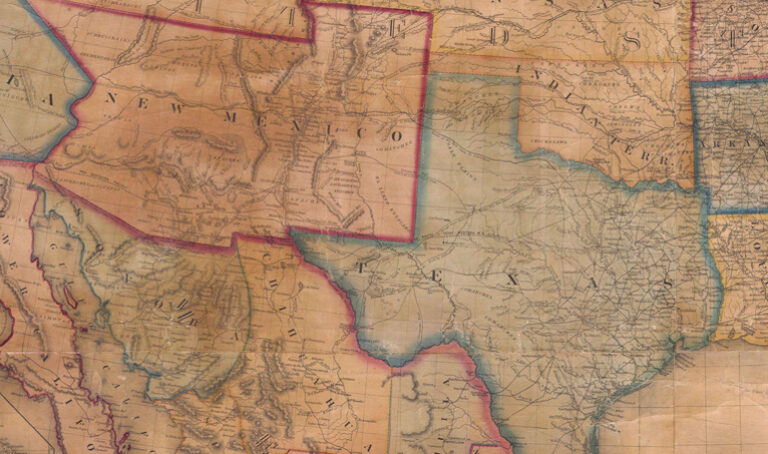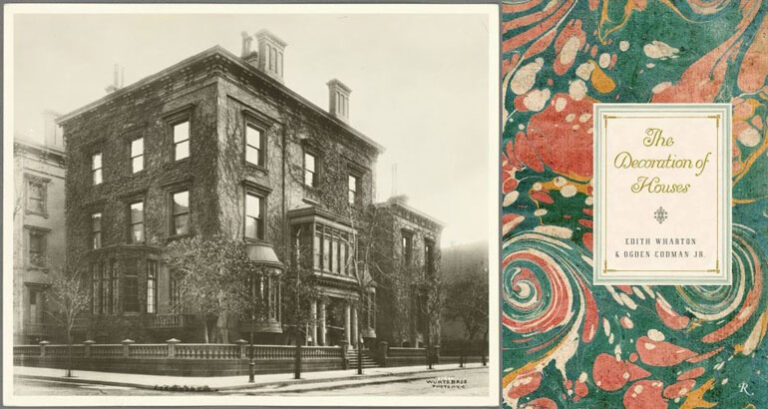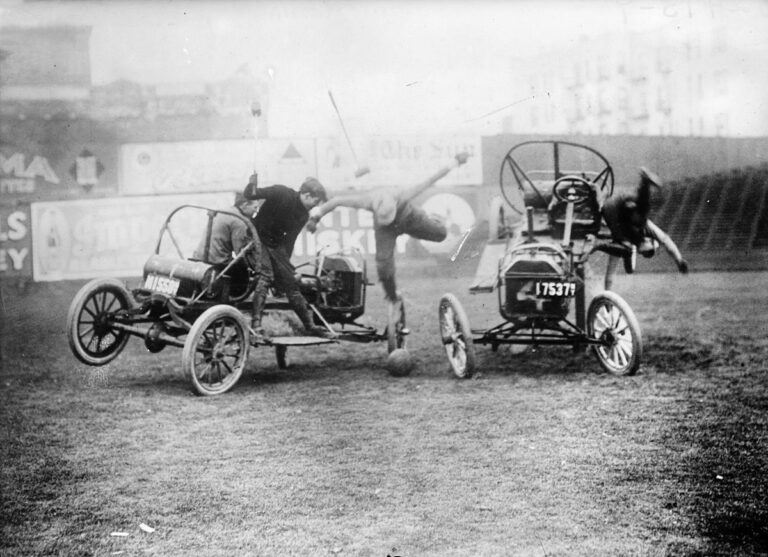The Limits and Freedoms of Literary Regionalism: How Sandra Cisneros’s Chicano Literature Reimagines Chicago’s Borders
Woman Hollering Creek and Other Stories asks us to imagine literary regionalism as more than just literature set in a single place, but as fiction’s ability to funnel different places and the experiences they birth into one environment.
